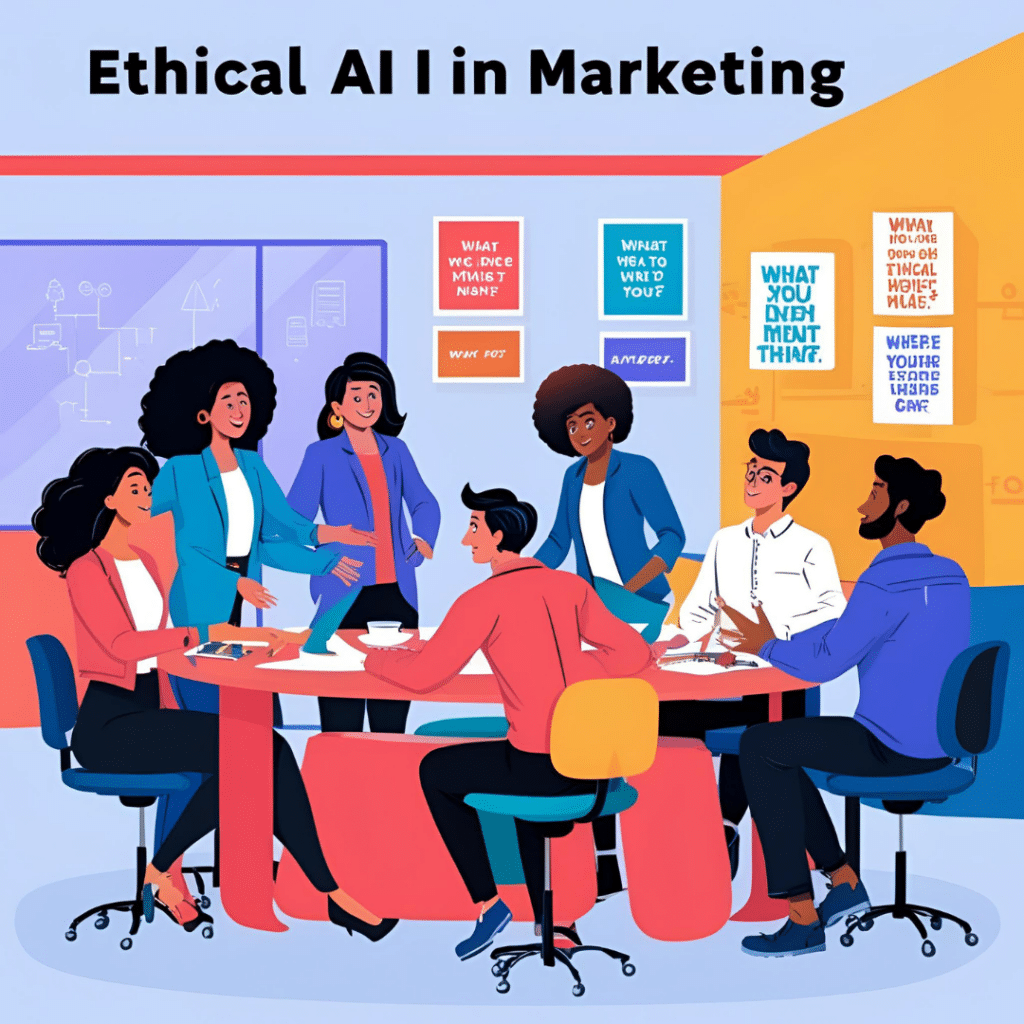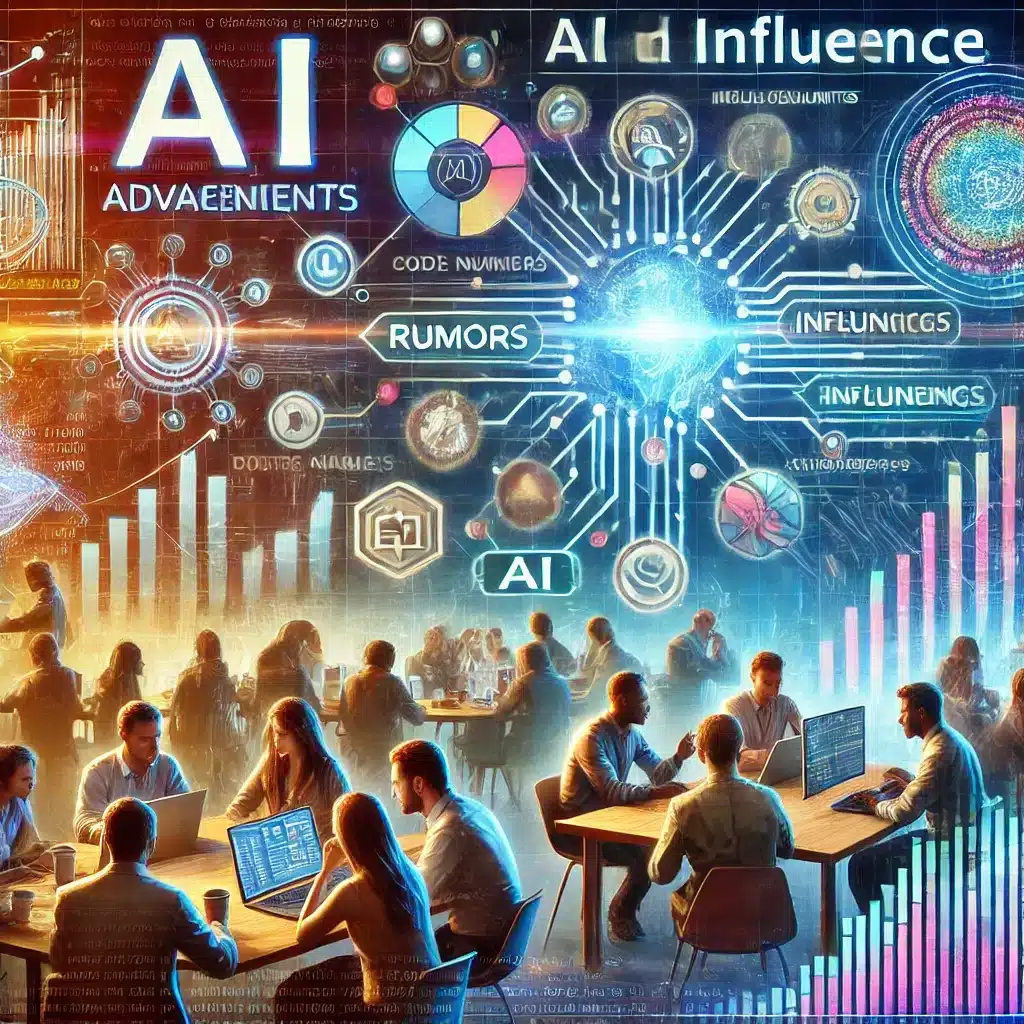Introduction to AI in Creative Marketing
The marketing world is experiencing a tremendous shift. This change is largely due to artificial intelligence (AI), which is revolutionizing the way creative work is produced. Many wonder if AI is a threat or an aid to creativity. The answer lies in understanding AI’s role in creative marketing.
AI: A Tool for Efficiency?
Firstly, AI can enhance creative marketing by increasing efficiency. Machines can sift through data at lightning speed, making it easier to tailor content to specific audiences. For example, AI-generated ads, like the ones for Coca-Cola, streamline processes that usually take teams of people to produce.
Cost-Effective Solutions
Moreover, AI offers cost-effective solutions. Traditional ad production requires extensive resources. On the other hand, AI can produce content with fewer costs. Consequently, it allows companies to reallocate resources to innovation rather than execution.
The Creativity Concern
Many still argue that AI lacks a human touch. As seen with the Coca-Cola ad backlash, audiences often disagree with AI’s version of creativity. They express discomfort with AI’s inability to capture the soul of human artistry. This concern underscores the importance of maintaining human oversight in creative processes.
AI’s Role and Its Limitations
AI can supplement creativity but is not a replacement. While AI can analyze trends and predict market behaviors, human creativity is still necessary. Skills like emotional intelligence and cultural nuance remain challenging for AI.
Balancing AI with Human Insight
Therefore, marketers should use AI as a tool, not a crutch. By balancing AI with human insight, marketers can leverage data-driven strategies while preserving creative integrity. This blend can result in innovative yet genuine marketing campaigns.
The Future of Creative Marketing
In conclusion, the future of creative marketing should embrace both AI and human creativity. This balanced approach will not only enhance productivity but also preserve the essence of creativity. As a result, companies will achieve better outcomes while keeping audiences engaged.



